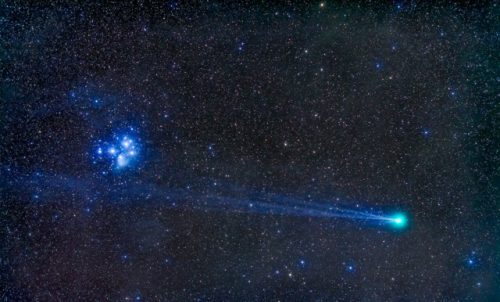What Is It Like To Visit Jupiter?
What is it Like to Visit Jupiter?
Jupiter is the largest planet in our solar system. For some perspective, if it were hollow, more than 1,300 Earths could fit inside of it! The giant planet contains two-thirds of all the planetary mass in the solar system and holds more than dozens of moons in its gravitational grip. But what about a visit to this giant planet?

Let’s be honest…Jupiter is not a nice place to visit. It’s a giant ball of gas and there’s nowhere to land. Any spacecraft – or person – passing through the colorful clouds gets crushed and melted. On Jupiter, the pressure is so strong it squishes gas into liquid. Its atmosphere can crush a metal spaceship like a paper cup.

Jupiter’s stripes and swirls are cold, windy clouds of ammonia and water. Jupiter’s Great Red Spot is a giant storm BIGGER THAN EARTH! This storm has lasted hundreds of years.

Since Jupiter’s atmosphere is made up of mostly hydrogen and helium, it’s poisonous. There’s also dangerous radiation, more than 1,000 times the lethal level for a human.
Scientists think that Jupiter’s core may be a thick, super hot soup…up to 50,000 degrees! Woah!
The Moons

Did you know that Jupiter has its own “mini solar system” of 50 moons? Scientists are most interested in the Galilean satellites – which are the four largest moons discovered by Galileo Galilei in 1610.
Today, Galileo would be astounded to know some of the facts about these moons. The moon Io has active volcanos. Ganymede has its own magnetic field while Europa has a frozen crust with liquid-water underneath making it a tempting place to explore for future missions.

When Juno arrives to Jupiter on July 4, it will bring with it a slew of instruments such as infrared imager/spectrometer and vector magnetometer among the half a dozen other scientific tools in its payload.
Juno will avoid Jupiter’s highest radiation regions by approaching over the north, dropping to an altitude below the planet’s radiation belts – which are analogous to Earth’s Van Allen belts, but far more deadly – and then exiting over the south. To protect sensitive spacecraft electronics, Juno will carry the first radiation shielded electronics vault, a critical feature for enabling sustained exploration in such a heavy radiation environment.
Follow our Juno mission on the web, Facebook, Twitter, YouTube and Tumblr.
Make sure to follow us on Tumblr for your regular dose of space: http://nasa.tumblr.com
More Posts from Xnzda and Others

This is one of the largest and most prolific star-forming regions near our Milky Way. Located about 160,000 light years away in the neighboring Large Magellanic Cloud galaxy, the Tarantula nebula is sculpted by searing radiation and strong winds that comes from the massive stars at its center. If fact, it is estimated that at least 40 of these huge stars have gone supernova within the last 10,000 years including the most recent one, SN 1987a. (Composite Image from Multiple Data Sources. Hubble Space Telescope, ESO, Amateur Data. Image Assembly and Processing : Robert Gendler and Roberto Colombari)
What Happened to Mars?
Billions of years ago, Mars was a very different world. Liquid water flowed in long rivers that emptied into lakes and shallow seas. A thick atmosphere blanketed the planet and kept it warm.

Today, Mars is bitter cold. The Red Planet’s thin and wispy atmosphere provides scant cover for the surface below.

Our MAVEN Mission
The Mars Atmosphere and Volatile EvolutioN (MAVEN) mission is part of our Mars Scout program. This spacecraft launched in November 2013, and is exploring the Red Planet’s upper atmosphere, ionosphere and interactions with the sun and solar wind.

The purpose of the MAVEN mission is to determine the state of the upper atmosphere of Mars, the processes that control it and the overall atmospheric loss that is currently occurring. Specifically, MAVEN is exploring the processes through which the top of the Martian atmosphere can be lost to space. Scientists think that this loss could be important in explaining the changes in the climate of Mars that have occurred over the last four billion years.
New Findings
Today, Nov. 5, we will share new details of key science findings from our ongoing exploration of Mars during a news briefing at 2 p.m. EDT. This event will be broadcast live on NASA Television. Have questions? Use #askNASA during the briefing.
Make sure to follow us on Tumblr for your regular dose of space: http://nasa.tumblr.com

#BlackHistoryMonth #tbt: Being the first African American woman to travel to space is one of Mae Jemison’s many accomplishments. A dancer, Peace Corps doctor, public speaker and astronaut, Mae went to college at age 16, holds 9 honorary doctorates and has founded many STEM-related programs for students.
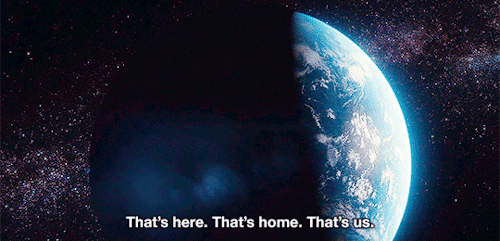
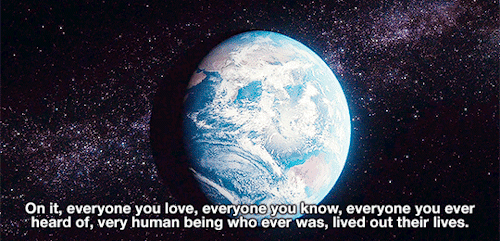


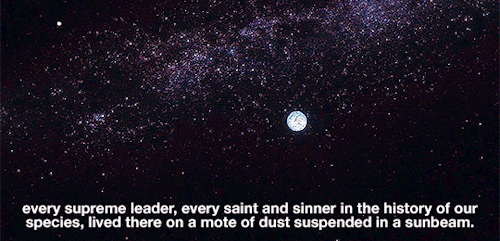
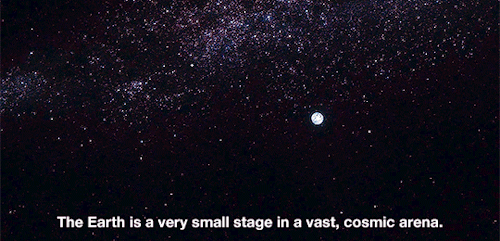
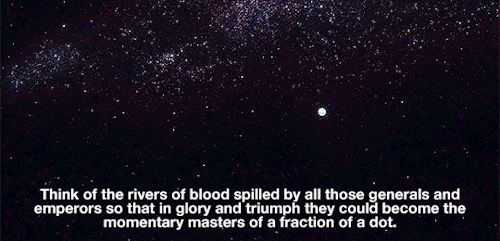
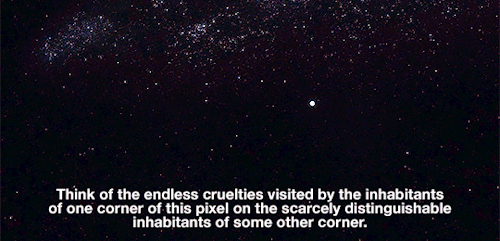

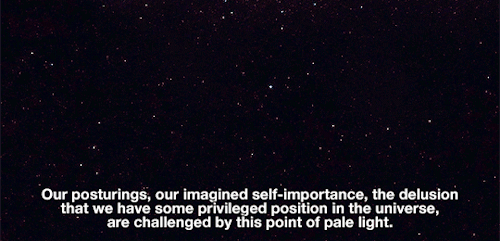
- Carl Sagan, Cosmos: A Spacetime Odyssey


Michael Benson
1. Mimas Above Saturn’s Rings and Shadows, Cassini, November, 7, 2004
2. Mimas Transits Saturn’s Ring Shadows, Cassini, January 18, 2005

NASA’s planet-hunting Kepler Telescope has spotted the first roughly Earth-sized world orbiting in the “Goldilocks zone” of another star – offering perhaps the best bet so far for life elsewhere in the universe.
A year on Kepler 452b, which is about 1,400 light years from us in the constellation Cygnus, is 385 days, meaning its orbit is just a bit farther away from its star than the Earth is from the sun. That places it squarely within what planetary scientists call the habitable zone, or “Goldilocks” zone — not too cold and not too hot.
“In my mind, this is the closest planet indeed to Earth,” Jon Jenkins, Kepler data analysis lead at NASA’s Ames Research Center in Moffett Field, Calif, said at a media briefing. “The star is a little bit older and a little bit bigger and brighter, so it’s good that it’s a bit farther from its star.”
Kepler Telescope Introduces Earth To A Very Distant Cousin
Image: Artist’s concept compares Earth (left) to the new planet, called Kepler-452b, which is about 60 percent larger in diameter. Courtesy of NASA/JPL-Caltech/T. Pyle
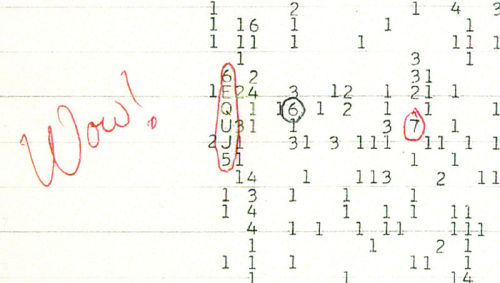
The Wow! signal.
A signal sequence that lasted for 72 seconds in 1977 but has never been seen again. The signal appeared to come from a globular cluster in the Sagittarius constellation, but to this day no definite answer for where the signal originated can be given.

Pew! Pew! Pew!
Imagine slow-motion fireworks that started exploding 170 years ago and are still continuing. This type of firework is not launched into Earth’s atmosphere, but rather into space by a doomed super-massive star, called Eta Carinae.
Enjoy the the latest view from our Hubble Space Telescope.
Make sure to follow us on Tumblr for your regular dose of space: http://nasa.tumblr.com.
-
 sleepyeevee94 liked this · 1 year ago
sleepyeevee94 liked this · 1 year ago -
 recklessandreal liked this · 4 years ago
recklessandreal liked this · 4 years ago -
 xnzda reblogged this · 5 years ago
xnzda reblogged this · 5 years ago -
 dubiousspectrum reblogged this · 6 years ago
dubiousspectrum reblogged this · 6 years ago -
 gretchenzellerbarnes liked this · 6 years ago
gretchenzellerbarnes liked this · 6 years ago -
 flaviog7dta-blog liked this · 6 years ago
flaviog7dta-blog liked this · 6 years ago -
 mo-mew liked this · 7 years ago
mo-mew liked this · 7 years ago -
 pjota66 liked this · 7 years ago
pjota66 liked this · 7 years ago -
 ninascwtchplace liked this · 7 years ago
ninascwtchplace liked this · 7 years ago -
 sangocrayon liked this · 7 years ago
sangocrayon liked this · 7 years ago -
 ram7126 liked this · 7 years ago
ram7126 liked this · 7 years ago -
 peachican liked this · 7 years ago
peachican liked this · 7 years ago -
 queenvarda reblogged this · 7 years ago
queenvarda reblogged this · 7 years ago -
 5billionyears reblogged this · 7 years ago
5billionyears reblogged this · 7 years ago -
 davifburgett liked this · 7 years ago
davifburgett liked this · 7 years ago -
 belooayala liked this · 7 years ago
belooayala liked this · 7 years ago -
 kiddmmaxx007-blog liked this · 7 years ago
kiddmmaxx007-blog liked this · 7 years ago -
 delcisco reblogged this · 7 years ago
delcisco reblogged this · 7 years ago -
 delcisco liked this · 7 years ago
delcisco liked this · 7 years ago -
 gomez1714-blog liked this · 7 years ago
gomez1714-blog liked this · 7 years ago -
 waffle--kun-blog liked this · 7 years ago
waffle--kun-blog liked this · 7 years ago -
 literally900bees liked this · 7 years ago
literally900bees liked this · 7 years ago -
 ipeachesandpeoniesi-blog liked this · 7 years ago
ipeachesandpeoniesi-blog liked this · 7 years ago -
 kanekisasakiken liked this · 7 years ago
kanekisasakiken liked this · 7 years ago -
 itimebomb182 reblogged this · 7 years ago
itimebomb182 reblogged this · 7 years ago -
 eeveendei liked this · 7 years ago
eeveendei liked this · 7 years ago

